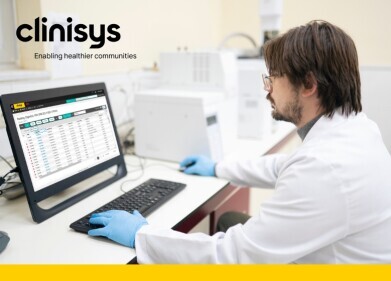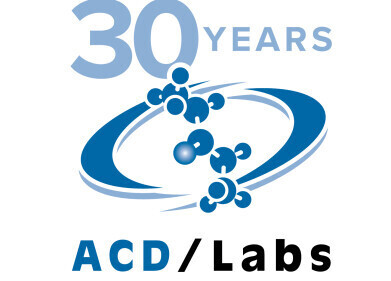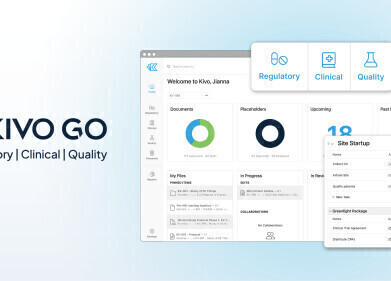LIMS
What Does a LIMS Do?
Nov 21 2022
From clinical pathology labs to environmental research centres, Laboratory Information Management Systems (LIMS) help scientists process, analyse and track data. The software plays a critical role in streamlining workflows, improving efficiency and connecting digital systems. Below, we take a closer look at what a LIMS does and why the technology is considered a workhorse in modern labs.
Tracking samples
Keeping tabs on samples is a core goal of a LIMS. This not only helps streamline laboratory workflows but ensures facilities meet strict Chain of Custody (CoC) requirements enforced in many industries. CoC is especially important in forensic science laboratories, where samples are often used as evidence during legal trials.
Supporting collaboration
A LIMS supports collaboration by storing all data in a centralised, easy to access platform. This makes it easy for personnel to share data with colleagues, whether they’re based locally or in a lab on the other side of the world. Collaboration is critical for large companies that operate multiple laboratories. This includes international pharmaceutical giant Johnson & Johnson, which operates labs across the globe.
Connectivity
Today’s scientific equipment, instruments and software solutions are smarter than ever. LIMS platforms help laboratories connect different technologies and get the most out of their data. Technologies like the Thermo Fisher Connect Platform are a prime example of the connectivity benefits of LIMS software. The cloud-based software features advanced digital capabilities and promises “true orchestration and connectivity across your scientific ecosystem.”
LIMS software is also used to integrate different enterprise systems. This includes Enterprise Resource Planning (ERP) software used to manage day-to-day operations, as well as data from Electronic Lab Notebooks (ELN) and other tools.
Meeting the unique needs of clients
Not all LIMS solutions are created equal. The best platforms are designed to meet the unique needs of clients. For example, a LIMS used in a drug development lab will offer different features to LIMS software designed for blood analysis.
LIMS industry leader PerkinElmer recently expanded its hugely popular Signals Notebook platform to meet the evolving needs of biologics drug discovery labs. The company teamed up with software authority Insightful Science to revamp the product and incorporate new features designed for the drug discovery sector.
These are just some of the roles of LIMS platforms. Find out more about other LIMS features, including data visualisation and analytics capabilities, in our complete guide, ‘What is a Laboratory Information Management System (LIMS)?’
Digital Edition
ILM 49.5 July
July 2024
Chromatography Articles - Understanding PFAS: Analysis and Implications Mass Spectrometry & Spectroscopy Articles - MS detection of Alzheimer’s blood-based biomarkers LIMS - Essent...
View all digital editions
Events
Jul 28 2024 San Diego, CA USA
Jul 30 2024 Jakarta, Indonesia
Jul 31 2024 Chengdu, China
ACS National Meeting - Fall 2024
Aug 18 2024 Denver, CO, USA
Aug 25 2024 Copenhagen, Denmark





24_06.jpg)













